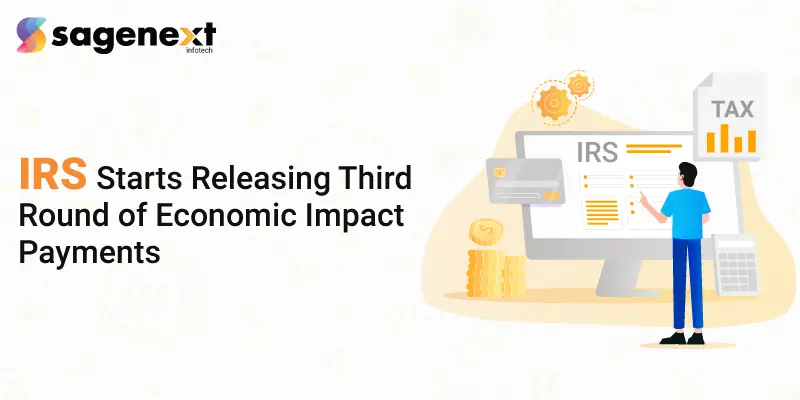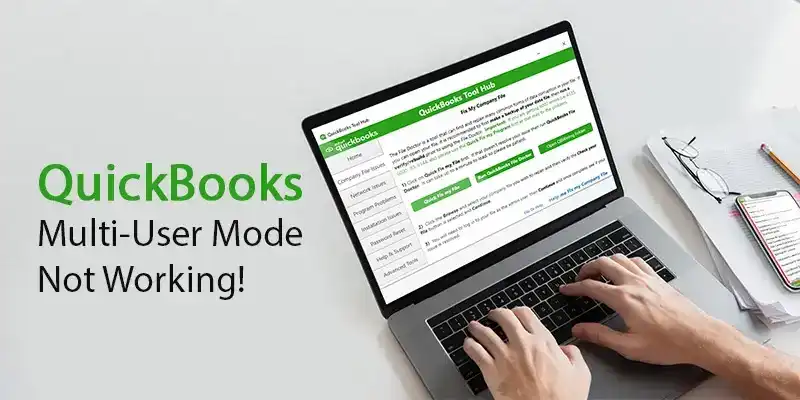
IRS Starts Releasing Third Round of Economic Impact Payments
The Internal Revenue Service (IRS) announced on March 12, 2021, that it is starting to roll out the third round of Economic Impact Payments (EIP) to American citizens. The payment process will begin after the approval of the American Rescue Plan Act.
The American Rescue Plan Act of 2021, also known as the COVID-19 Stimulus Package, is an economic stimulus bill signed into law by United States President Joe Biden on March 11, 2021. It is a USD 1.9 trillion relief package aimed to speed up the United States’ recovery against the health and economic effects of the novel coronavirus. It also aims to offer relief from the ongoing recession.
The IRS will begin delivering the first batch of payments via direct deposits. Many citizens received the payments last weekend while many more are going to receive this week.
Additional batches of these Economic Impact Payments will be delivered in the coming weeks. The payments will be deposited directly into the recipients’ accounts or will be delivered as a check or debit card via the mail. The IRS reiterated that the majority of these payments will be delivered through direct deposits.
The payments will be automatic and in most cases, similar to how the recipients got the first and second round of EIP back in 2020. Therefore no actions are required by the majority of taxpayers. The citizens can track the status of their third stimulus payment through the Get My Payment tool on IRS.gov.
Chuck Rettig, the IRS Commissioner said that the IRS employees are working round the clock amidst the ongoing tax season. This is to ensure quicker delivery of the relief package to millions of Americans struggling to cope with the COVID-19 pandemic. The payments will be delivered automatically in parallel with the regular tax refunds, he said further. He also urged people to visit IRS.gov to get all the up-to-the-minute information on the stimulus package, fresh tax law provisions, and any other tax season updates.
IRS to calculate the stimulus amounts automatically
The IRS said that the third round of stimulus payments (EIP3) will be on the basis of the taxpayers’ latest submitted and processed income tax return from either 2020 or 2019. It includes people who registered online at IRS.gov through the IRS’s Non-Filers tool last year. It also includes people who alternatively filed a special simplified income tax return to the IRS. In case the IRS has collected and processed a taxpayer’s tax return for 2020, it will make the calculation on the basis of that return.
Highlights of the third round of EIP
- Generally, the majority of the citizens will get USD 1,400 for themselves and an additional USD 1,400 for each of the qualifying dependents claimed on the return filed by them. Similar to the first two rounds of the EIP, most people will receive the payment without requiring to take any action. Some people may see the direct deposit payments as provisional or pending payments in their account before the official date of payment, i.e. March 17, 2021.
- The payments are automatic and hence the IRS has advised people not to contact either the agency or financial institutions for any payment-related queries. That will not speed up the arrival of the payment. Social Security and other federal beneficiaries will get the payment the same way they receive their normal benefits. The IRS will announce the payment date for them shortly.
- The IRS will automatically deliver EIP3 to citizens who did not file but receive survivor or disability benefits (SSDI), Social Security retirement, Supplemental Security Income (SSI), Railboard Retirement benefits, or Veterans Affairs benefits. This is the same as the first and second rounds often called EIP1 and EIP2.
- For people who got EIP1 or EIP2 but did not get it via direct deposit, they will generally get a check, or in some cases, a prepaid debit card which is also called an “EIP card”. They will receive the check or card through the mail. However, the IRS clarified that payment will not be added to an existing EIP card which a person had received during the delivery of the first or second round of payments. The person will receive a fresh card for EIP3.
- As per the new law, the third round of EIP cannot be offset to pay a taxpayer’s different past-due federal debts or back taxes.
- The IRS reminded taxpayers about the modifications to the income levels in this round of stimulus payments. It means that some people may not be eligible for EIP3 even if they have received EIP1 or EIP2, or claimed a 2020 Recovery Rebate Credit. Citizens making USD 75,000 in adjusted gross income (USD 150,000 for married couples filing jointly) will get reduced payments. The reduced stimulus ends at USD 80,000 for an individual (USD 160,000 for a couple). Citizens above these levels will be ineligible for the third round of payment. For more information, you can visit IRS.gov.
How is EIP3 different from EIP1 and EIP2?
The third round of Economic Impact Payments (EIP3) is authorized by the American Rescue Plan Act, 2021. It is different from the earlier stimulus payments (EIP1 and EIP2) in numerous ways. Some of the key differences are:
The third round of payments is larger for the majority of citizens. Most families will receive USD 1,400 per person, including all dependents claimed on the tax return. This means an individual with no dependents will receive USD 1,400 while a married couple with two dependents will receive USD 5,600.
The third stimulus payment, unlike the first two, does not have a restriction on the age of dependents. While the first two payments were restricted for children under 17, EIP3 makes a family eligible to receive payments for all the eligible dependents claimed on their tax return. This includes adults with disabilities, parents, grandparents, and older relatives like college students.
Conclusion
Economic Impact Payments provide relief to millions of United States citizens. It helps them minimize the dreadful effects of the COVID-19 pandemic. It further strengthens them to get back to normalcy as soon as possible.
The IRS and Treasury Department have already released the first and second round of Economic Impact Payments. They have now started releasing the third round of the stimulus payments. The eligible recipients will get up to USD 1,400 (USD 2,800 for couples) and an additional USD 1,400 per qualifying dependents.
The payments are automatic and will be disbursed directly into the beneficiaries’ accounts or as a check or prepaid debit card (EIP card) through the mail. The EIP3 is different compared to EIP1 and EIP2. This time, you will even receive the stimulus for qualifying dependents that are above 17 years of age.






